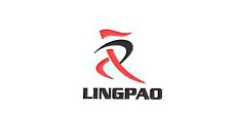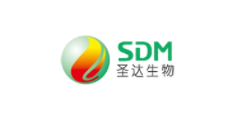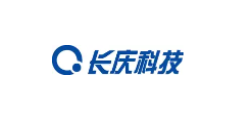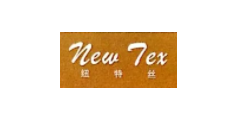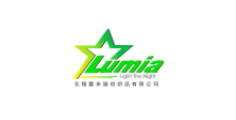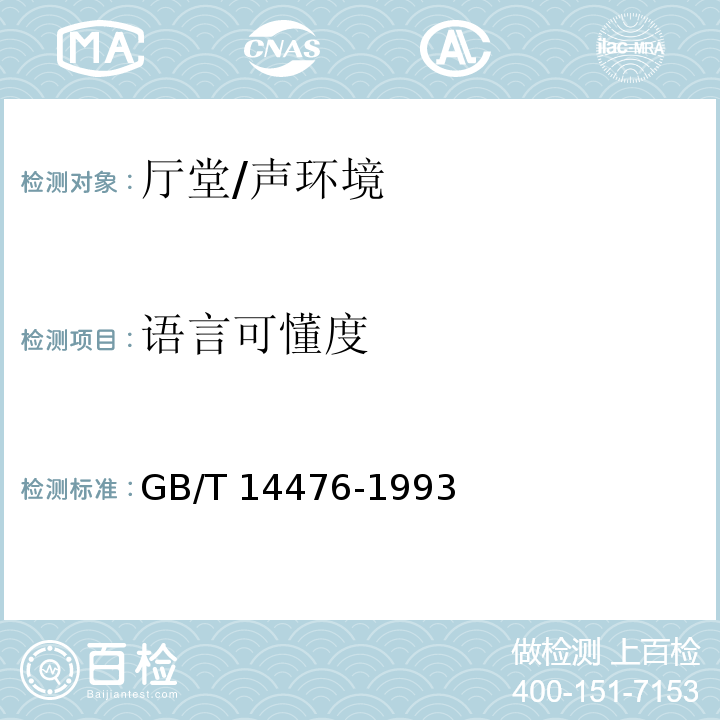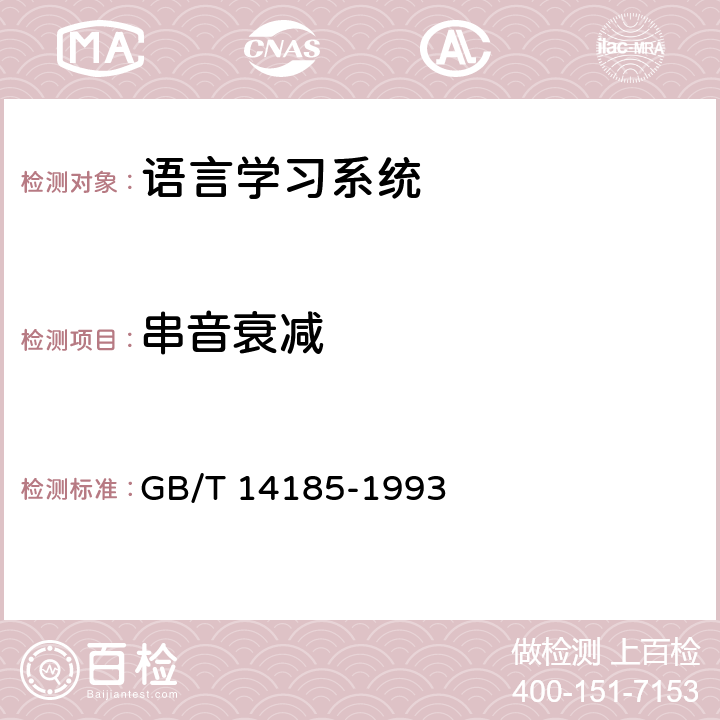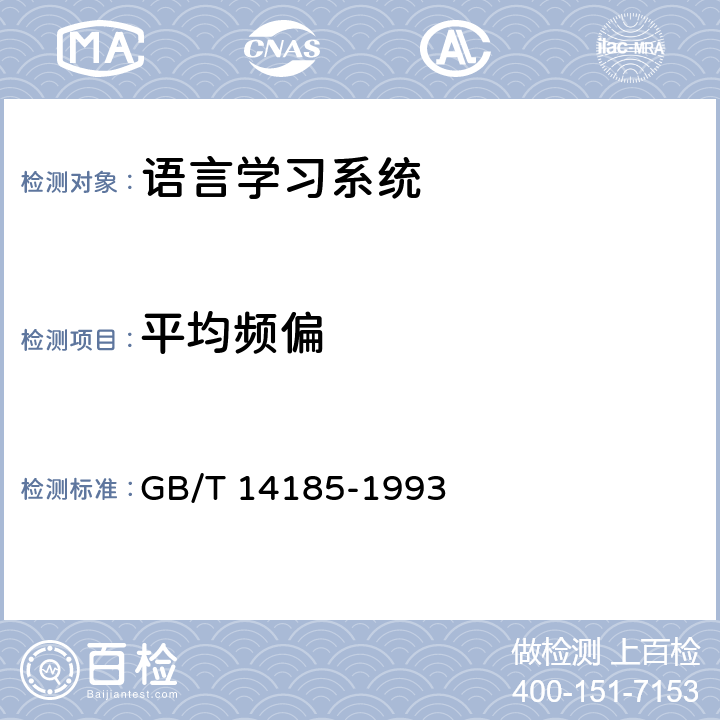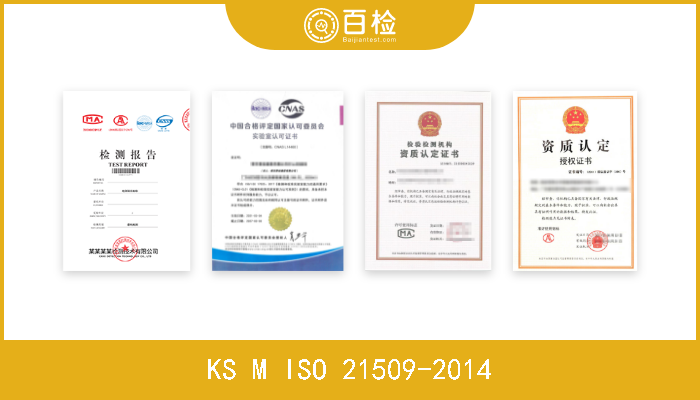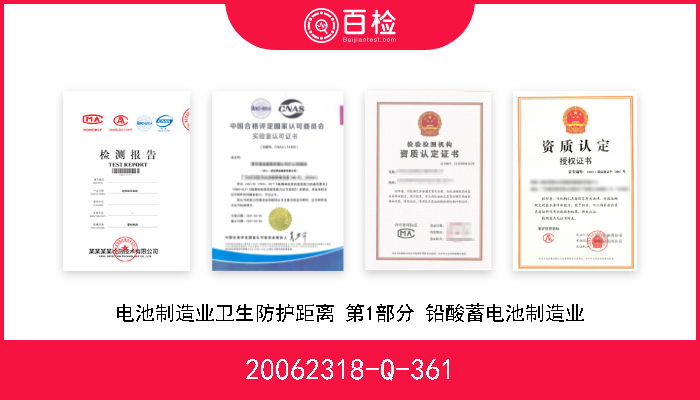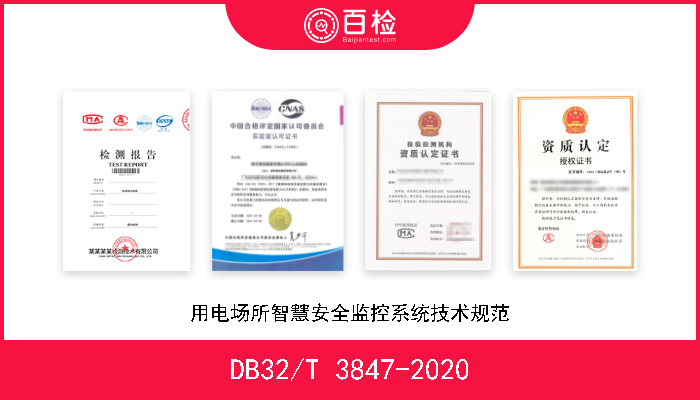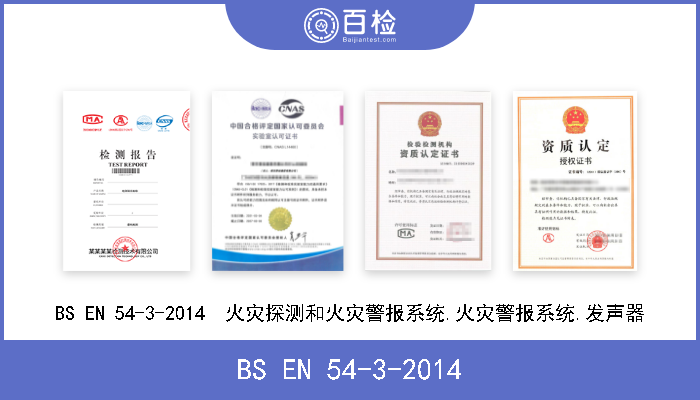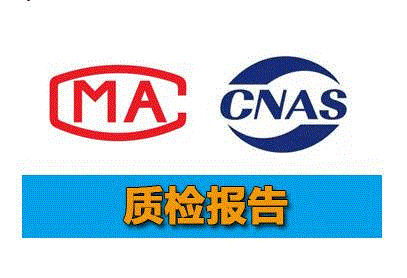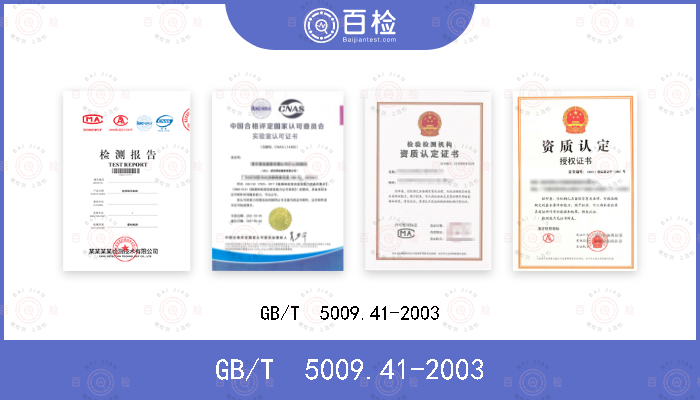BS ISO/IEC TR 10182-1993 信息技术.编程语言,语言环境及系统软件接口.语言汇集指南
百检网 2021-08-02
标准号:BS ISO/IEC TR 10182-1993
中文标准名称:信息技术.编程语言,语言环境及系统软件接口.语言汇集指南
英文标准名称:Information technology - Programming languages, their environments and system software interfaces - Guidelines for language bindings
标准类型:L74
发布日期:1994/8/15 12:00:00
实施日期:1994/8/15 12:00:00
中国标准分类号:L74
国际标准分类号:35.060
适用范围:This document is based on experience gained in the standardization of two major areas in information processing. One area covers programming languages. The other area is composed of the services necessary to an application program to achieve its goal. The services are divided into coherent groups, each referred to as a SYSTEM FACILITY, that are accessed through a FUNCTIONAL INTERFACE. The specification of a system facility, referred to as a FUNCTIONAL SPECIFICATION, defines a collection of SYSTEM FUNCTIONS, each of which carries out some well-defined service. Since in principle there is no reason why a particular system facility should not be used by a program, regardless of the language in which it is written, it is the practice of system facility specifiers to define an 'abstract' functional interface that is language independent. In this way, the concepts in a particular system facility may be refined by experts in that area without regard for language peculiarities. An internally coherent view of a particular system facility is defined, relating the system functions to each other in a consistent way and relating the system functions to other layers within the system facility, including protocols for communication with other objects in the total system. However, if these two areas are standardized independently, it is not possible to guarantee that programs from one operating environment can be moved to another, even if the programs are written in a standard programming language and use only standard system facilities. A language binding of a system facility to a programming language provides language syntax that maps the system facility's functional interface. This allows a program written in the language to access the system functions constituting the system facility in a standard way. The purpose of a language binding is to achieve portability of a program that uses particular facilities in a particular language. Examples of system facilities that have had language bindings developed for them are GKS, NDL, and SQL (see Section 1.3, References). It is anticipated that further language binding development will be required. Some system facilities currently being standardized have no language bindings and additional system facilities will be standardized. There is a possibility of n x m language bindings, where n is the number of languages and m the number of system facilities. The scope of this document is to classify language binding methods, reporting on particular instances in detail, and to produce suggested guidelines for future language binding standards. Note that the language bindings and the abstract facility interfaces must have a compatible run time representation, but the abstract facility does not necessarily have to be written in the host language. For example, if the application program is using a Pascal language binding and the corresponding facility is written in FORTRAN, there must be a compatible run time representation in that operating environment. How this compatibility is achieved is outside the scope of these guidelines. This is generally a property of the operating environment defined by the implementor, and is reviewed briefly in this document.
中文标准名称:信息技术.编程语言,语言环境及系统软件接口.语言汇集指南
英文标准名称:Information technology - Programming languages, their environments and system software interfaces - Guidelines for language bindings
标准类型:L74
发布日期:1994/8/15 12:00:00
实施日期:1994/8/15 12:00:00
中国标准分类号:L74
国际标准分类号:35.060
适用范围:This document is based on experience gained in the standardization of two major areas in information processing. One area covers programming languages. The other area is composed of the services necessary to an application program to achieve its goal. The services are divided into coherent groups, each referred to as a SYSTEM FACILITY, that are accessed through a FUNCTIONAL INTERFACE. The specification of a system facility, referred to as a FUNCTIONAL SPECIFICATION, defines a collection of SYSTEM FUNCTIONS, each of which carries out some well-defined service. Since in principle there is no reason why a particular system facility should not be used by a program, regardless of the language in which it is written, it is the practice of system facility specifiers to define an 'abstract' functional interface that is language independent. In this way, the concepts in a particular system facility may be refined by experts in that area without regard for language peculiarities. An internally coherent view of a particular system facility is defined, relating the system functions to each other in a consistent way and relating the system functions to other layers within the system facility, including protocols for communication with other objects in the total system. However, if these two areas are standardized independently, it is not possible to guarantee that programs from one operating environment can be moved to another, even if the programs are written in a standard programming language and use only standard system facilities. A language binding of a system facility to a programming language provides language syntax that maps the system facility's functional interface. This allows a program written in the language to access the system functions constituting the system facility in a standard way. The purpose of a language binding is to achieve portability of a program that uses particular facilities in a particular language. Examples of system facilities that have had language bindings developed for them are GKS, NDL, and SQL (see Section 1.3, References). It is anticipated that further language binding development will be required. Some system facilities currently being standardized have no language bindings and additional system facilities will be standardized. There is a possibility of n x m language bindings, where n is the number of languages and m the number of system facilities. The scope of this document is to classify language binding methods, reporting on particular instances in detail, and to produce suggested guidelines for future language binding standards. Note that the language bindings and the abstract facility interfaces must have a compatible run time representation, but the abstract facility does not necessarily have to be written in the host language. For example, if the application program is using a Pascal language binding and the corresponding facility is written in FORTRAN, there must be a compatible run time representation in that operating environment. How this compatibility is achieved is outside the scope of these guidelines. This is generally a property of the operating environment defined by the implementor, and is reviewed briefly in this document.
百检能给您带来哪些改变?
1、检测行业全覆盖,满足不同的检测;
2、实验室全覆盖,就近分配本地化检测;
3、工程师一对一服务,让检测更精准;
4、免费初检,初检不收取检测费用;
5、自助下单 快递免费上门取样;
6、周期短,费用低,服务周到;
7、拥有CMA、CNAS、CAL等权威资质;
8、检测报告权威有效、中国通用;
客户案例展示
相关商品
版权与免责声明
①本网注名来源于“互联网”的所有作品,版权归原作者或者来源机构所有,如果有涉及作品内容、版权等问题,请在作品发表之日起一个月内与本网联系,联系邮箱service@baijiantest.com,否则视为默认百检网有权进行转载。
②本网注名来源于“百检网”的所有作品,版权归百检网所有,未经本网授权不得转载、摘编或利用其它方式使用。想要转载本网作品,请联系:service@baijiantest.com。已获本网授权的作品,应在授权范围内使用,并注明"来源:百检网"。违者本网将追究相关法律责任。
③本网所载作品仅代表作者独立观点,不代表百检立场,用户需作出独立判断,如有异议或投诉,请联系service@baijiantest.com
行业热点

